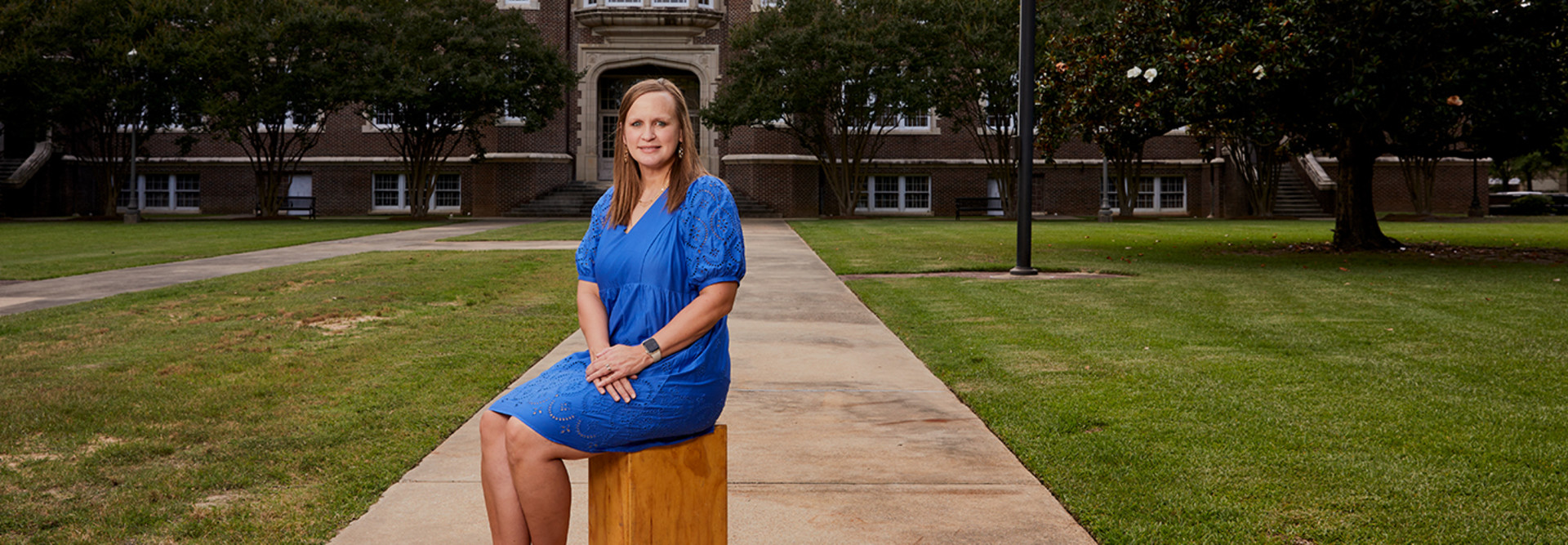To say COVID-19 forever changed educational technology in Mississippi would be an understatement. According to Common Sense Media’s 2021 report about the digital divide, between 40 and 50 percent of Mississippi’s 441,000 students lacked adequate internet connectivity and devices.
However, when the pandemic forced school closures across the nation in 2020, Mississippi led a heroic effort, supported by private institutions, to purchase and distribute roughly 390,000 devices as part of the newly established Mississippi Connects program.
By January 2021, MDE had created an office of digital learning to help teachers like Bartley better integrate ed tech into instruction.
“We’ve been working ever since to increase the training we provide to educators,” she says.
DISCOVER: How this instructional tech leader empowers students and educators.
Professional Development Breaks Down Challenges, Barriers
In a 2022 survey of 977 K-12 teachers by ed tech company D2L, 94 percent said ongoing professional development is important to teacher effectiveness; however, only 36 percent expected regular, ongoing training from their districts.
This is where MDE comes in. The department offers two distinct PD programs to supplement local training.
The Digital Teacher Academy reaches a broad base of teachers looking to level-up their digital knowledge and professional skills. The yearlong, voluntary program includes online and in-person training. Those who complete the program can then provide digital PD to their peers and earn educator certifications from Google and Microsoft.
The Digital Learning Coach program, paid for with Elementary and Secondary School Emergency Relief funding, is personalized to meet teachers’ needs.
“Schools apply for our services, and we send in a coach who goes to the school one day a week and works with a cohort of six to eight teachers,” Banks explains. “That coach will also work with the school’s administration to set up schoolwide learning goals and lead professional learning communities.”
In addition to in-person PD, coaches also work with teachers to set goals and implement appropriate digital tools in their classrooms. Coaches and cohort members support, encourage and collaborate through conferencing, modeling, co-planning and co-teaching.
Penny Reinart, deputy executive director of the Association for Supervision and Curriculum Development, says successful PD programs thrive on this kind of peer support.
“The coaching services offer deep support and provide teachers with extensive time to make changes,” Banks says. “At the end of the day, we’re looking for good instruction. Technology is just a tool, and the students live in a digital world. Why not use a tool that can help improve learning?”












